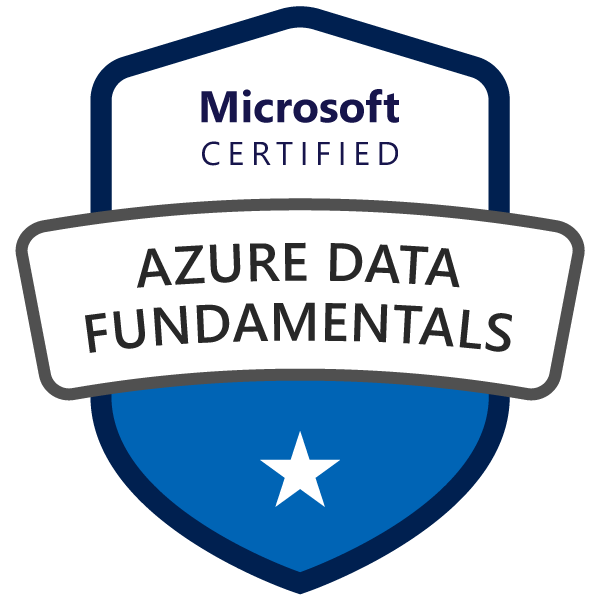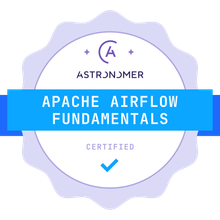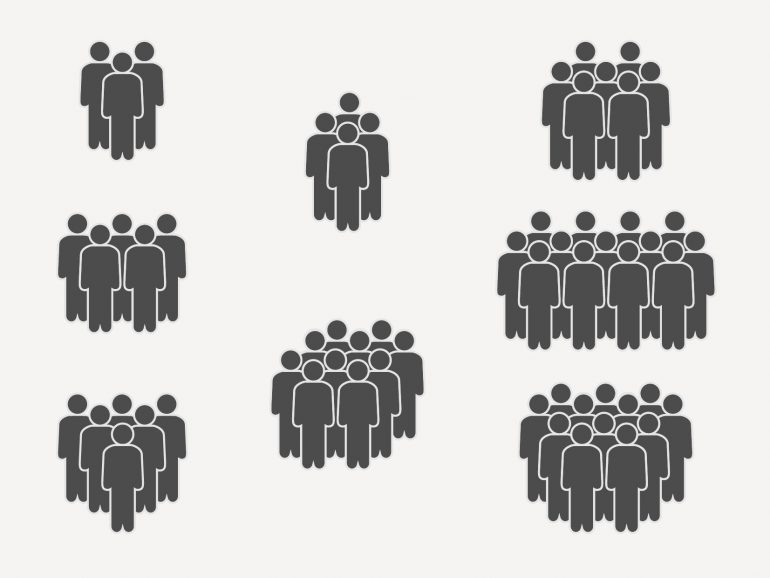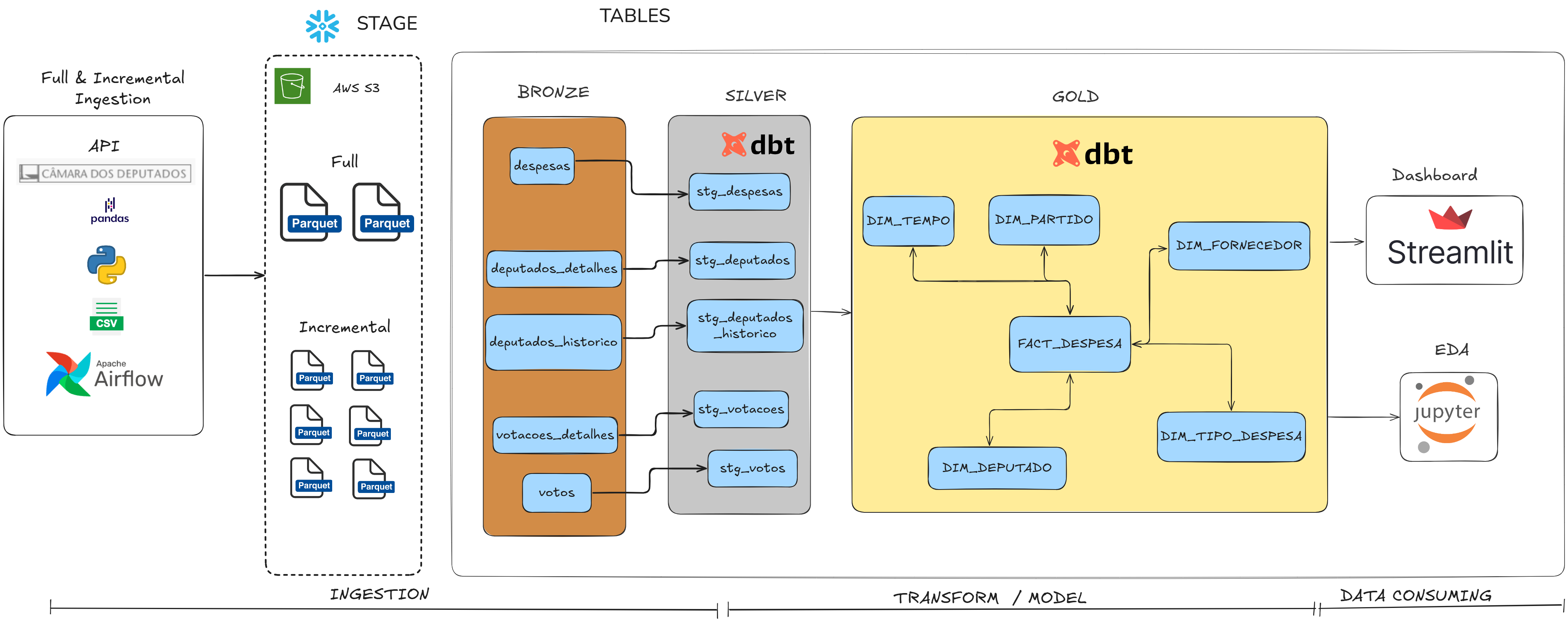
Brazilian Congress Deputies Data Pipeline
Complete data pipeline focused on data engineering, with automated ingestion of public information from all federal deputies.
The data includes biography, mandates, expenses and parliamentary activity, extracted via official API.
The architecture implements a modern ELT approach with Snowflake and dbt .
Daily incremental ingestion is orchestrated with Airflow and stored in S3 in Parquet format.
Transformations follow robust dimensional modeling patterns (SCD Type 2).
The project ensures end-to-end scalability, automation and data quality.
Tools used
- Python, Pandas and requests
- Apache Airflow
- Amazon S3 and SQS
- Snowflake, Snowpipe
- dbt Core
- Streamlit and Jupyter notebook
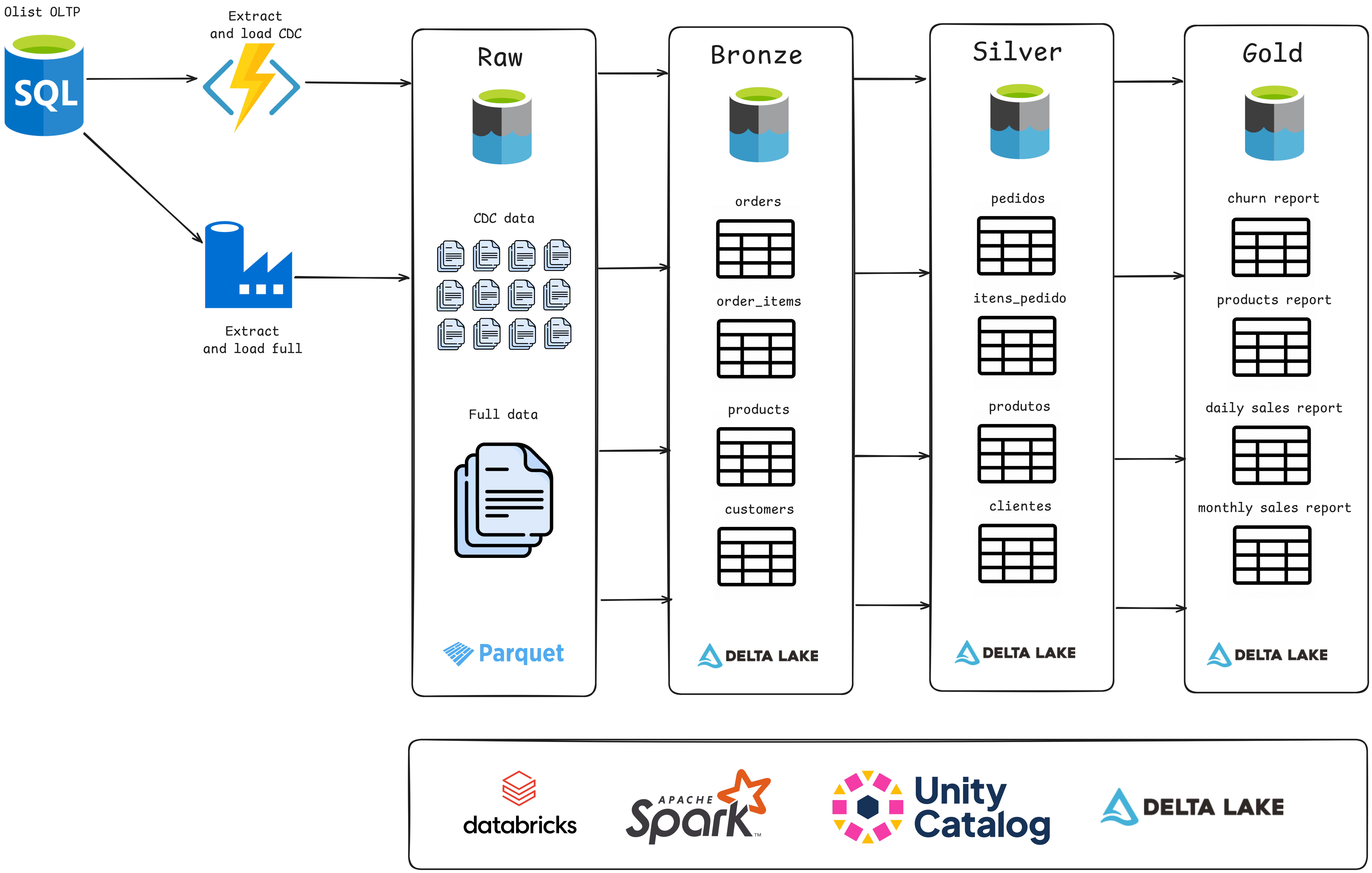
Data Lakehouse: Olist
This project used the Databricks Data Lakehouse architecture to manage data in layers (Raw, Bronze, Silver, and Gold) and simulate ingestion scenarios with CDC (Change Data Capture). The data, from a Kaggle dataset, was enriched to create a complete pipeline, from ingestion to business analysis.
I implemented data governance with Unity Catalog, orchestration with Databricks Workflows, and continuous integration via GitHub Actions. The project consolidated skills in data pipelines, automation, and analysis with the Medallion architecture, optimizing the use of data for insights and analytical applications.
Tools used
- Pandas
- Git, GitHub, GitHub Actions
- Azure Blob Storage, Parquet
- Databricks, UnityCatalog
- Spark, Delta Lake
- Databricks Workflows
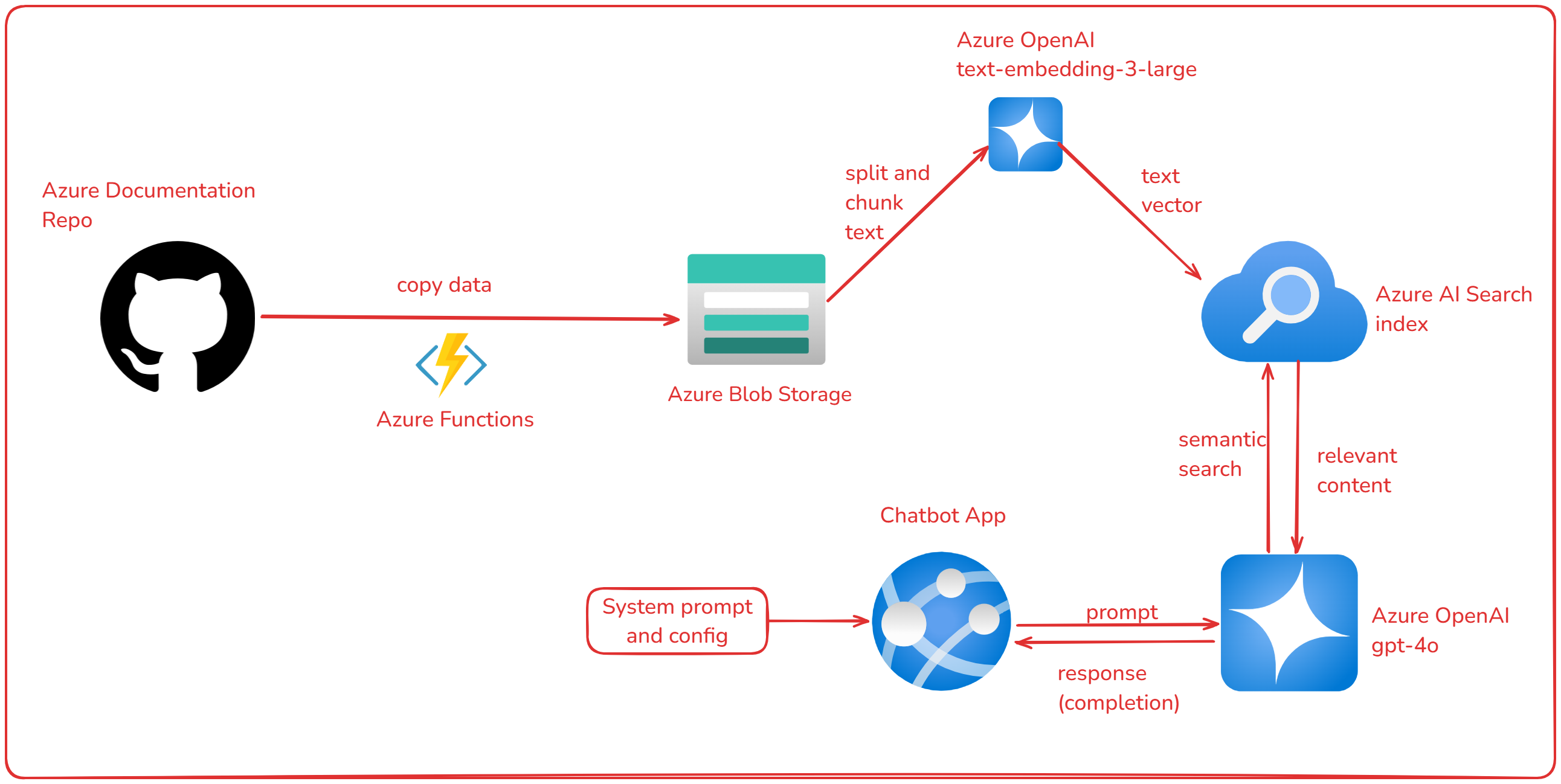
Chatbot with GPT-4 and Azure
In this project, I explored Azure Artificial Intelligence tools to build a chatbot specialized in Azure using GPT-4. I copied the data from the Azure documentation on GitHub to the Storage Account, used Azure AI Search to perform embedding and indexing of the content, and Azure OpenAI to build the chatbot in an App on Azure. The goal is to provide accurate and contextualized answers about Azure services and functionalities.
Tools used
- Python
- Azure Blob Storage
- Azure AI Search
- Azure OpenAI
- Git, GitHub
- Bicep template (IaC)

IN PROGRESS: Telegram Bot: Text Recognition (Computer Vision)
In this project, I explored Azure Artificial Intelligence tools for optical character recognition (OCR), such as Azure Computer Vision and Azure AI Document Intelligence. I used Python to develop a Telegram bot that processes images sent by the user, returning the extracted text and the confidence interval for each recognized word. I implemented dynamic settings in the bot, allowing adjustment of parameters such as the minimum confidence level to accept words and the application of pre-processing. This project demonstrates skills in API integration, image processing and the creation of interactive interfaces with bots.
Tools used
- Python
- Telegram API
- Azure Computer Vision
- Azure AI Document Intelligence
- Git, GitHub
- Bicep template (IaC)



